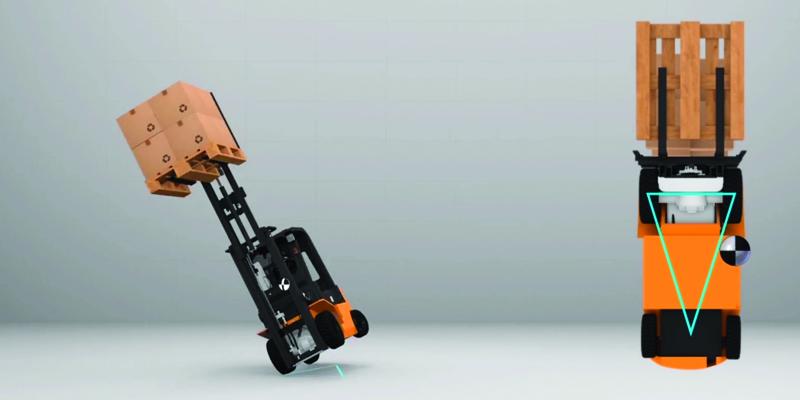BY Darren Cottingham, DT Driver Training (drivertraining.co.nz)
Migrants to New Zealand contribute greatly to the New Zealand workforce. Many migrants have English as a second language, as was confirmed by our most recent census which found that around 830,000 people are multilingual with some level of English as one of the languages (about 18.6 percent); 3.9 percent of people identified as not speaking English at all. The most common languages spoken other than English are Te Reo Maori, Samoan, Hindi, Northern Chinese (including Mandarin) and French. That census was back in 2013 and migration has only increased since then, therefore we could expect the proportions to be higher.
The ideal age to learn a new language is before the age of 10 with language learning ability declining from around age 17. Levels of verbal and written literacy can vary wildly and this can cause difficulties when companies want to provide training to their employees. It’s not only migrants that struggle, but New Zealand has a surprisingly low level of literacy compared to other developed countries. As reported by Radio New Zealand, the Book Council cites studies showing that 40 percent of adults in NZ are functionally illiterate.
This makes in-person training challenging: a room full of people with mixed literacy, cultural and language backgrounds is the most difficult to train to a consistent level. Trainers who only speak English might not be able to convey the exact meaning of a concept in a way that all trainees can understand.
A common job performed by migrants is forklift operator. Forklift operators with English as a second language should have a minimum level 5.0 IELTS or equivalent. This is the equivalent of a person who can get by. The pass mark to achieve IELTS 5.0 is 40 percent for listening and 37.5 percent for reading and the description of this level is: “The test taker has a partial command of the language and copes with overall meaning in most situations, although they are likely to make many mistakes. They should be able to handle basic communication in their own field.”
Given a company’s requirement to ensure its operators are trained effectively and understand the materials presented, IELTS 5.0 could mean some significant gaps in comprehension and understanding. This is something we looked at seriously when producing an online forklift operator’s certificate course.
To ensure the best comprehension we approached it in six ways:
1. Break the content down into multiple modules, each of which takes around 10 minutes or less. This is because the average attention span is given as 10-20 minutes therefore it’s better to do one or two modules each day rather than them all in one go.
2. Provide clear video and animation content with an English voiceover and with some of the material written on the screen as well as spoken. Videos can be played back at a slower or faster speed, too.
3. Provide audio recordings in English for all questions.
4. Enable a translation feature so that every question can be translated from English into 103 different languages. This includes the five most commonly spoken languages in New Zealand, mentioned above.
5. Give access to the learning materials for 12 months. The trainees can take their time and, even after they are finished, can return to the course for a refresher.
6. Allow trainees to take the modules as many times as required until they get 100 percent.
The training is available on any device – smartphone, tablet or computer – so can be consumed when it’s most convenient for the trainee. As the content is delivered using our learning management system, an administrator can track trainees’ progress and see if they are struggling with specific modules.
We felt that the current level of training suggested by the Approved Code of Practice was too low. The ACOP requires an 80 percent pass rate, but we insist on a 100 percent pass rate. With the Health and Safety at Work Act 2015 looming large over businesses, we incorporated additional information and techniques to drive home the safety message.
A theory course is not a complete substitute for training and induction on a specific piece of machinery – there are still requirements and obligations of companies to ensure their operators are proficient using the gear they are supplied and lifting the loads they are required to lift. However, the theory component is required and it is critical for understanding good practice. Adding language and literacy options closes the loop and helps operators that struggle with English to be certain that they are receiving the same level of knowledge that native speakers receive.






